Last Updated on March 16, 2024
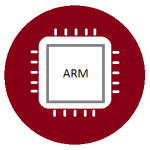 Advanced RISC Machine termed as ARM processor, It is developed by ARM holding. During 1980 Acorn Computers Ltd first developed the Acorn RISC Machine architecture and it used in computers. During 1990 when the Acorn company was incorporated the ARM termed as Advanced RISC Machine.
Advanced RISC Machine termed as ARM processor, It is developed by ARM holding. During 1980 Acorn Computers Ltd first developed the Acorn RISC Machine architecture and it used in computers. During 1990 when the Acorn company was incorporated the ARM termed as Advanced RISC Machine.
ARM holding owns the patents of ARM Architectures and licenses the companies like Philips NXP, Atmel, Analog devices, Apple, Broad com, ST micro electronics etc… to manufacture chips with ARM core.
Consumer Electronics
If you are using these consumer electronic gadgets then it may contain ARM core based Chip. Due to the Great Computing architecture and good performance, using low power, leads ARM core based processors growth.
What is RISC?
Reduced Instruction Set Computing termed as RISC. With Simplified Instruction Set different computing operations are done through processor core.
Complex Instruction Set Computing termed as CISC. It is opposite Architecture to RISC, these kind of Processor has more Instruction cycles and creates more complexity in the processor core.
ARM Features
ARM processor family has dozens of features some key features are listed.
- A large register file
- A Load/Store Architecture
- Fixed Instruction bit size/Uniform length Instruction field
- Simple addressing mode
- Pipeline execution
- Single cycle Execution
- Hardware Virtualization/ Easy to prototype
- Control over both ALU & Shifter
- Three different data size & Instruction (32-bit ARM Ins, 16-bit Thumb Ins, 8-bit Jazelle execution)
ARM Controller
ARM Processor Core data Flow model
Operation Modes
ARM has six operating modes
- User (unprivileged mode under which most tasks run)
- FIQ (entered when a high priority (fast) interrupt is raised)
- IRQ (entered when a low priority (normal) interrupt is raised)
- Supervisor (entered on reset and when a Software Interrupt instruction is executed)
- Abort (used to handle memory access violations)
- Undef (used to handle undefined instructions)
ARM Registers
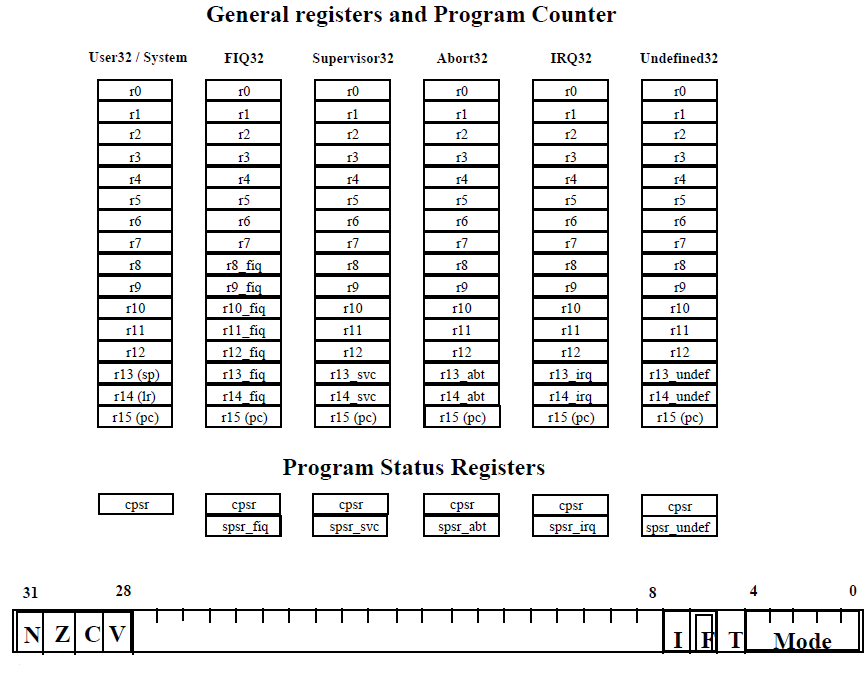
ARM Architecture Types
ARM nomenclature
x – Family or series
y – Memory Management/Protection Unit
z – Cache
T – 16 bit Thumb decoder
D – JTAG Debugger
M – Fast Multiplier
I – Embedded In-circuit Emulator (ICE) Macrocell
E – Enhanced Instructions for DSP (assumes TDMI)
J – Jazelle (for accelerated JAVA execution)
F – Vector Floating-point Unit
S – Synthesizable Version
STM32F Discovery Board
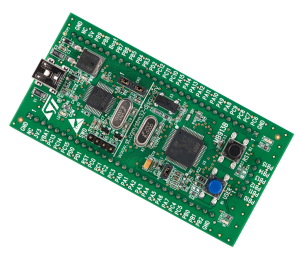 ARM7 based STM32F discovery board is very easy to start with ARM. By using Keil software we can make cool sketches for ARM processors and it has IDE, debugger and simulator. lot of ARM based Embedded boards are available in market. If you are eager to use ARM in Arduino then OTTO board may satisfy you.
ARM7 based STM32F discovery board is very easy to start with ARM. By using Keil software we can make cool sketches for ARM processors and it has IDE, debugger and simulator. lot of ARM based Embedded boards are available in market. If you are eager to use ARM in Arduino then OTTO board may satisfy you.


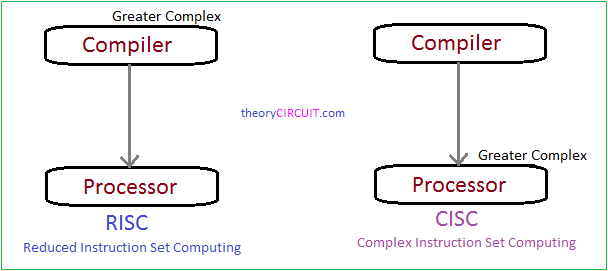
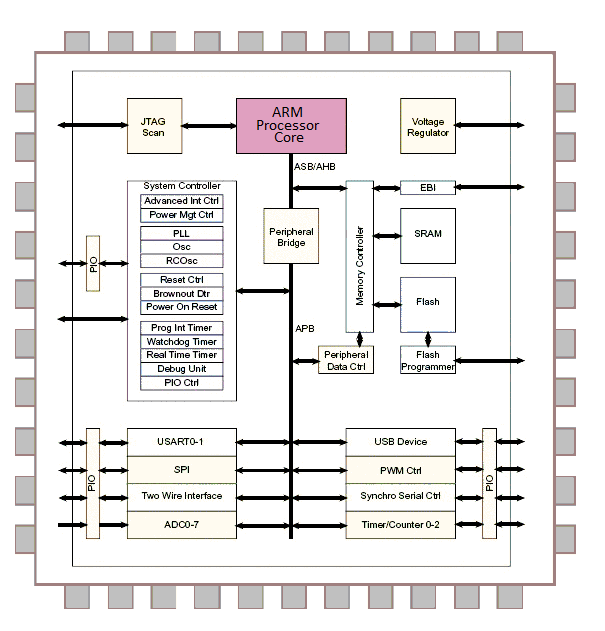
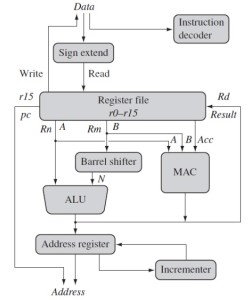
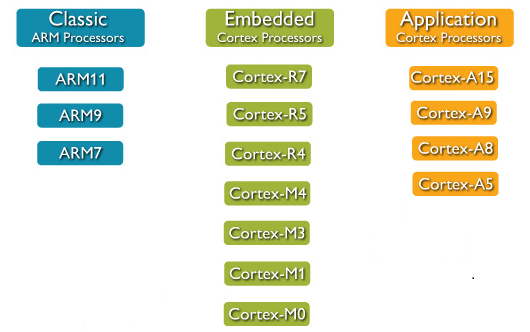
This link should be useful to learners